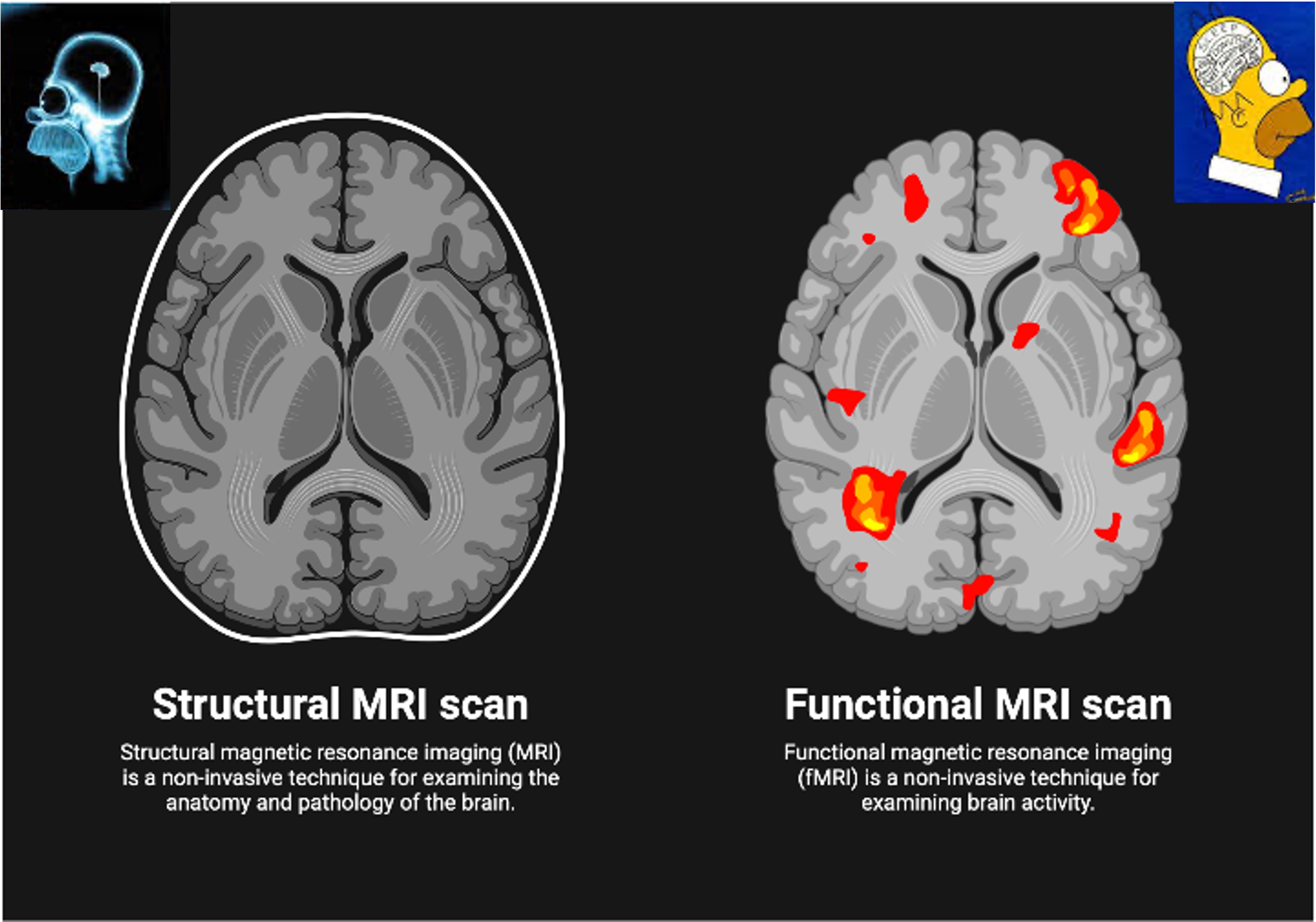Neuroscience is the study of the nervous system — how the brain is built (structure) and how it works (function).
In this program, you’ll use:
- Structural MRI → high-resolution pictures of anatomy (the map).
- Functional MRI (fMRI) → color overlays showing where activity increases during tasks (the traffic).
- tDCS → gentle, non-invasive currents via scalp electrodes to modulate networks.
- TMS → magnetic pulses that briefly activate cortex in a precise spot (“the click”).
Myth-buster: fMRI is not mind reading; it measures oxygen-level changes (BOLD) related to neural activity.
